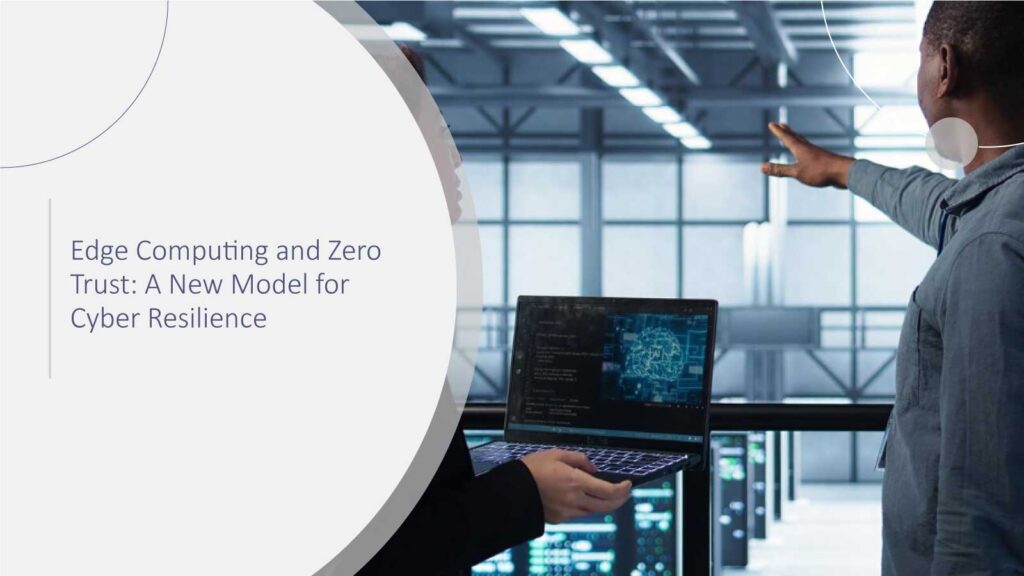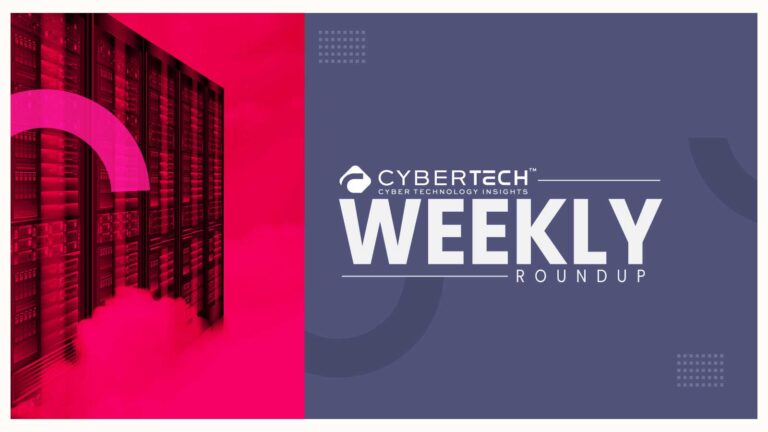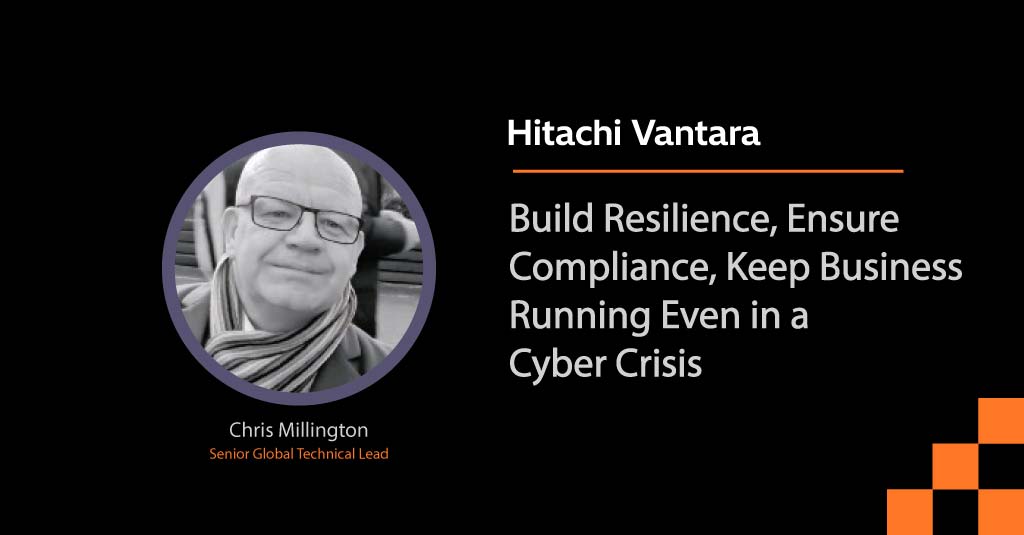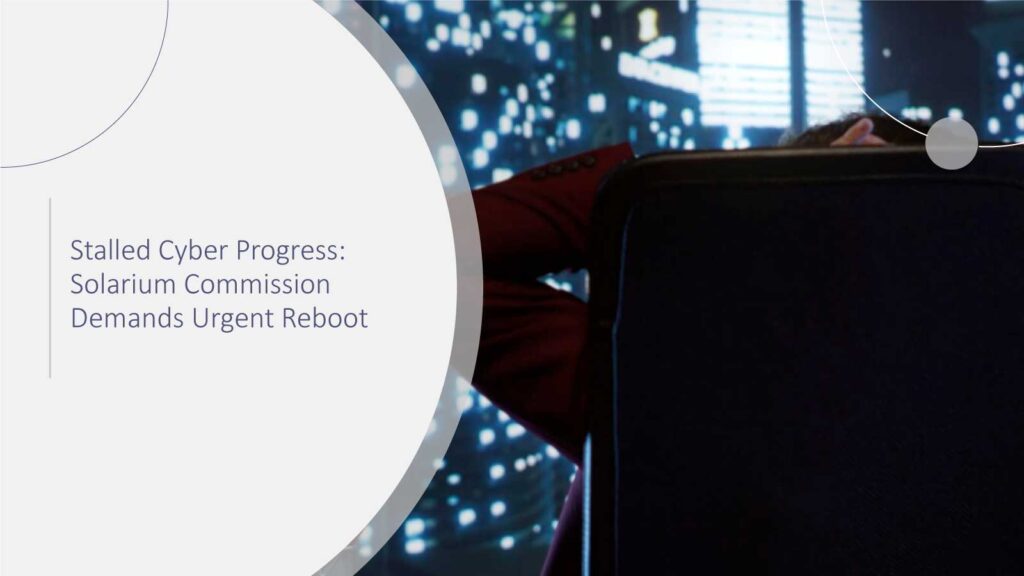Edge computing has become the most popular means of fringing companies that are no longer capable of digesting the overwhelming data volumes generated by gadgets, sensors, and software. The main idea behind the entire business of near data processing is to have less interaction time, thus overall critical applications’ decision-making and performance are getting enhanced. And if that was not enough, then another question concerning security comes up. The solution to this problem is the Zero Trust security model that gives a new way of securing decentralized networks and is consistent with the concept of cyber resilience.
What Is Edge Computing?
By edge computing, the cloud is disengaged from processing and storage, and these functions are taken close to the data-generating devices. For instance, the cases could be IoT sensors in the manufacturing unit, the self-driving car on the road, or the smart city infrastructure. Apart from that, the organizations have direct access to the cloud data centers and thus they enjoy lower latency, better uptime, and more efficient bandwidth, which leads to better overall network performance.
While decentralization poses certain security risks, it nevertheless remains the same factor that makes edge computing so potent. What is more, the fact that the edge devices are potentially at a higher risk of being attacked means that a perimeter-based security model that has been traditionally used may no longer be sufficient. That being the case, the companies should not only secure themselves from external threats but also from internally directed threats as well.
Understanding Zero Trust
Zero Trust is a security model whose name suggests that the underlying principle of the idea implemented is as follows: trust no one, verify everything. The model in question does not take any user, device, or application as a given; on the contrary, it even goes to the extent of considering that the latter could be compromised at any time. The outcome of this is that it is only when a thorough verification has taken place that access to resources is granted. 63% of organizations worldwide have fully or partially implemented a zero-trust strategy.
The main components of the Zero Trust Network model are:
Identity and Access Management (IAM): This component is responsible for guaranteeing that only the authenticated and authorized users and devices have access to very sensitive resources.
Micro-Segmentation: By subnetting the physical or virtual network infrastructure into smaller segments, it is able to set up isolated secure areas within the network, thus making it harder for attackers to move laterally and gain extra access rights.
Continuous Monitoring: It keeps a constant watch on user behavior and device activity in real time, and at the same time, it conducts checks that make it possible to identify any anomalies without delay.
Least Privilege Access: It goes hand in hand with the concept of access control and grants only the minimum access necessary for the user or component of the system, thus preventing or lowering the effect of the breach to the extent of the given rights.
Zero Trust commitment is a step in the right direction, moving beyond the present capabilities. There will be a whole new layer of security acting by being anticipatory and versatile, thus perfect for the undefined edge environments.
How Edge Computing and Zero Trust Work Together
If edge computing is paired with a Zero Trust model, a strong security structure is established, which can handle cases of complex and sophisticated IT situations easily. Implied with the idea, the two technologies together are almost invincible:
1. Securing Local Processing
Normally, edge devices are in charge of handling confidential or operational data. Thanks to Zero Trust security, only users and devices with valid identification credentials are allowed to do this data processing, so the chance of illegal data access is decreased to a minimum. Let us suppose a factory floor full of sensors that monitor machinery and, at the same time, control it – an unverified device can stop production or compromise safety, or spoil. What the Zero Trust architecture is capable of is that it does not allow that.
2. Protecting Data in Transit
Edge devices, along with central systems, are data exchange partners quite regularly. Encryptions done and very strict access controls are two of the most important parts of the Zero Trust model, and they make it possible that even if intercepted, the data in question will not be readable by a third party.
3. Enhanced Visibility and Control
Decentralized networks can present the problem of how to keep watch over them. The Zero Trust concept takes care of continuous control of users and devices, and at the same time gives up-to-the-minute network activity reports. So this monitoring can find threats much earlier, and then they can be quarantined immediately.
4. Flexibility in Modern Work Environments
Gone are the days when we could rely on the security of the fence around our traditional work perimeters in the era of remote work, cloud services, and distributed systems. Zero Trust security approach is the approach that gives the necessary protection to resources, no matter where they are being accessed from, and thus the security levels are kept constant over all endpoints.
Zero-trust architecture has the potential to increase adoption rates over the next three years, with the highest potential demand in middle-market companies.
Implementing Zero Trust at the Edge
Introducing the Zero Trust Plan to edge computing will certainly not come overnight; the company has to have a carefully thought-out action plan:
Evaluate Existing Infrastructure: Draw diagrams of all edge gadgets, software, and the users’ roles. Look for potential weaknesses and check the data packets. 75% of U.S. federal agencies will fail to implement zero-trust security policies due to funding and expertise shortfalls.
Define Access Policies: Setting rules for access rights involves dealing with figuring out the users who will be given access, ascertaining what resources should be made available, determining conditions, and, most importantly, adopting a least-privilege principle and using it in account control.
Deploy Key Technologies: The platform for IAM, along with tools for micro-segmentation and monitoring systems that can adapt to decentralized environments. Over 60% of organizations will embrace zero trust as a starting place for security by 2025.
Environments are the solutions enterprises have to incorporate to secure their IT frontier.
Security will only be as good as the awareness of the users’ role in sustaining it. Training is indispensable. The company can be sure that Zero Trust is not only a theoretical idea but a practical one in the case of their edge computing technology if they sequentially implement all these steps. By 2026, 10% of large enterprises will have a mature and measurable zero-trust program in place, up from less than 1% today.
Real-World Applications
What businesses, apart from the few, will be left with no choice in the future but to jump on the bandwagon of edge computing with Zero Trust? Are you able to reckon that?
Healthcare: The medical devices, like remote monitors and IoT-enabled imaging equipment, Zero Trust essentially is the security model that enables only verified devices and users to interact with sensitive information.
Manufacturing: There is no doubt that at the edge, Local industrial control systems (ICS) tightly integrated with Zero Trust must continue to function and produce without any interruption. The latter impedes unauthorized perpetrators from accessing the system, which might lead to stopping or, worse, safety issues.
Smart Cities: Traffic management systems, public transport, and utility services that heavily depend on distributed networks might fall under the control of a malicious entity if not adequately secured. Employing a Zero Trust security model can be advantageous to SPF as it allows for the constant authentication of nodes, thus ensuring smooth and secure operations. Job postings related to cloud and edge computing increased by 2% between 2023 and 2024.
Why This Matters
One may ask, “Isn’t it a bit of an overkill to employ Zero Trust methodology to secure edge computing?” What I am saying is that normal perimeter security still assumes that devices and users within the network can be trusted. It does not appear to be the case at the edge. Devices are not tightly packed anymore, users can be located anywhere (even on the moon), and data keeps flowing between nodes. By closing this loophole, Zero Trust is actually doing a great job in making cyber resilience a proactive rather than a reactive side effect.
Also, it is worth mentioning that the work with these principles is in harmony with major regulatory and compliance requirements, e.g., from HIPAA in the healthcare sector to NIST frameworks for federal systems, thus paving the way for organizations not only to be data secure but also to conform to industry best practices.
Conclusion
It can be said that Zero Trust, in combination with edge computing, is the closest thing to the next generation of cybersecurity that has already been put into practice. Edge computing focuses on delivering what a user needs most straightforwardly, whereas Zero Trust is about a protection that is constantly changing because it is always based on the current context, but never stops. They are like a duo of power for large companies that want to survive the digital age maze.
Besides, as companies progressively decentralize and the amount of data keeps rising, this model is not a matter of choice anymore but a requirement. Every access request has to be seen as a possible threat, identity verification has to be carried out, and the entire process should be under surveillance. In this way, businesses manage to stay ahead of the changing threats, continue their activities, and at the same time, keep the sensitive data safe.
FAQs
1. What is edge computing?
Edge computing makes the processing of the idea being performed closer to the data source and thus more independent of a central server. This, in turn, leads to faster response times and better reliability for such real-time applications as IoT devices, autonomous vehicles, and smart city infrastructure.
2. What is Zero Trust security?
Zero Trust is a security model that constantly treats the access request as coming from an untrusted source, even if it is from the internal network, and therefore, identity is verified rigorously. Access control mechanisms, SMS, sms along with continuous monitoring, which is also supported by these mechanisms, aim at providing the highest security for data and networks.
3. How does Zero Trust improve cyber resilience?
Zero Trust drastically lowers the possibility of unrestrained access by frequently checking whether the user is authorized and, at the same time, only granting the user the absolute minimum necessary rights; thus, if there is a security breach, the attackers will have the least possible access to the system.
4. Can existing IT systems adopt Zero Trust at the edge?
Yes, a progressive change is feasible. By doing device inventory, putting policies into action, using tools, and training users, a company can create a Zero Trust environment that is supported by the existing infrastructure.
5. Which industries benefit most from Zero Trust at the edge?
If one takes into account the security of decentralized networks and the integrity of sensitive data that must be processed in real-time, then sectors such as healthcare, manufacturing, and smart cities are those that benefit the most from such an approach.
For deeper insights on agentic AI governance, identity controls, and real‑world breach data, visit Cyber Tech Insights.
To participate in upcoming interviews, please reach out to our CyberTech Media Room at sudipto@intentamplify.com.





